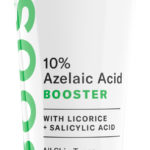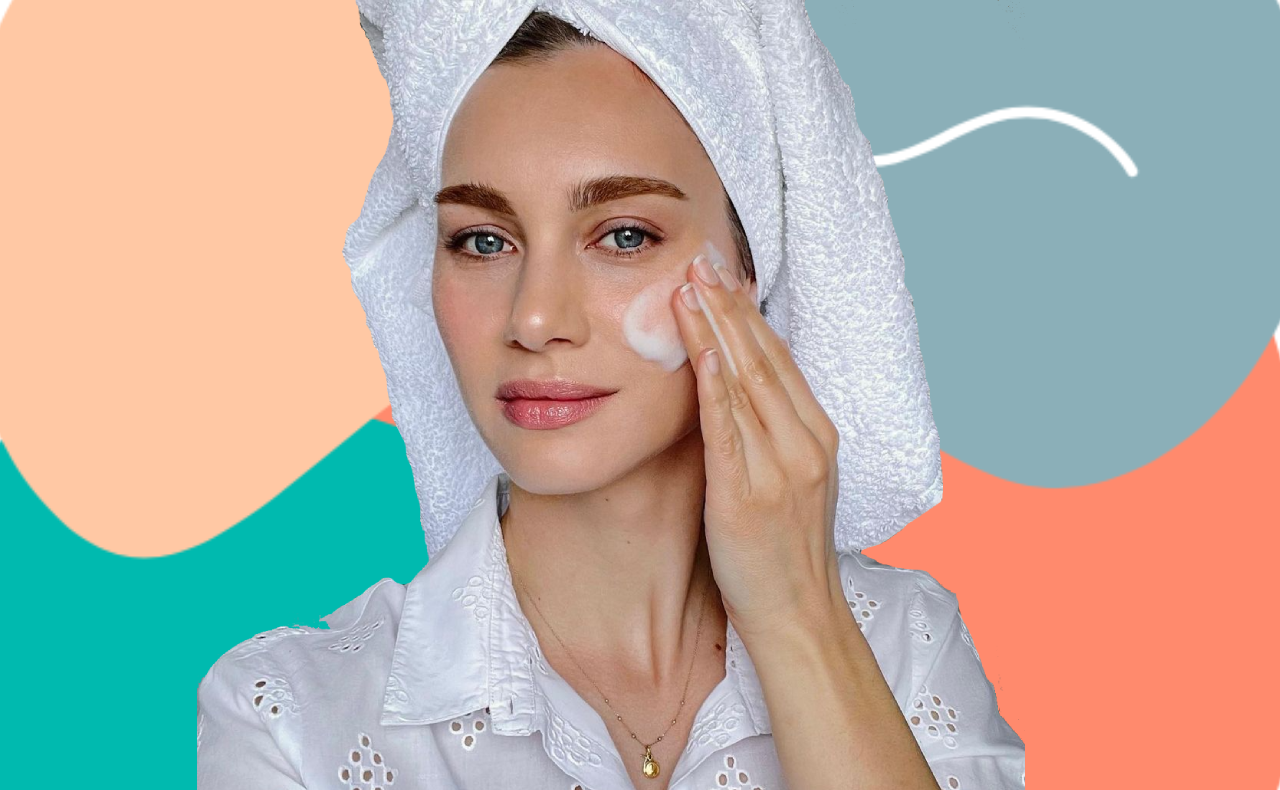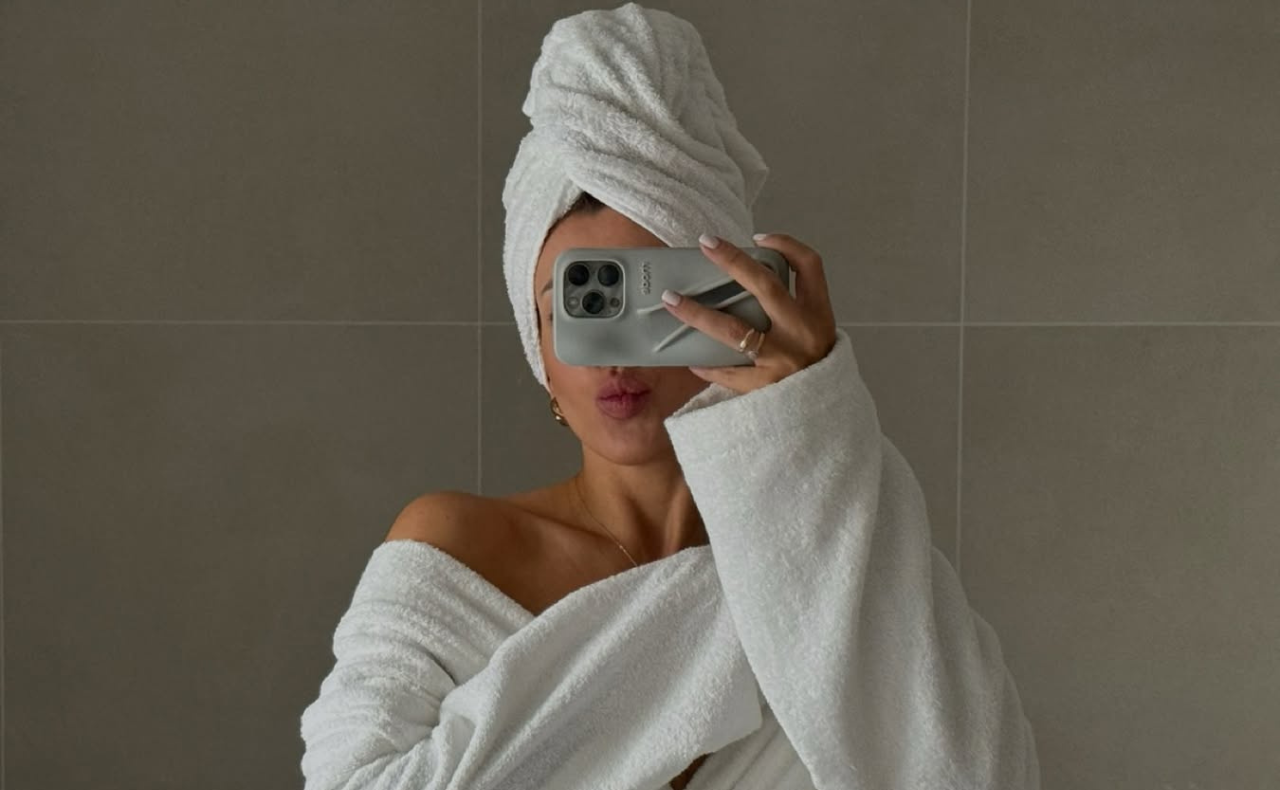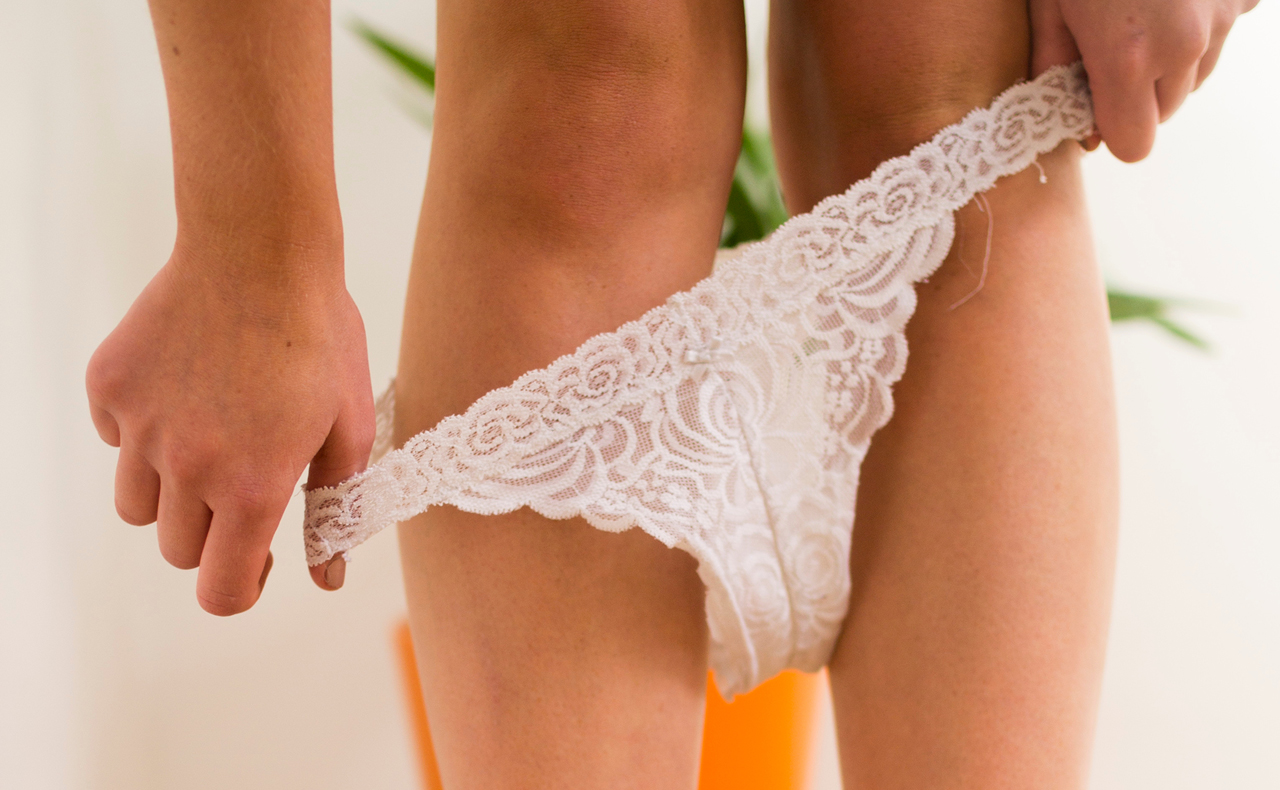Acids have been in the spotlight of late – from salicylic to hyaluronic, their ability to hydrate, unclog pores, slough off dead skin cells and generally offer more refined and healthier skin, is unparalleled. One such acid, however, that has flown under the radar is azelaic. We chatted to Chanel Jenae, owner, product formulator and esthetician for California based skincare brand Arcona, to learn all about azelaic acid; from what it is, to the benefits and how to know if it’s right for you.
RELATED: The at-home AHA treatment your skin will love
RELATED: Why hyaluronic acid is the hardest working skincare ingredient
What is azelaic acid?
While we’re used to categorising acids into alpha-hydroxy or beta-hydroxy, azelaic acid is neither. Instead, it is chemically classified as a dicarboxylic acid and as Chanel explains, is derived from grains such as rye and barley. However, instead of using it in its natural form, it works best when lab-engineered to ensure it’s stability and effectiveness.
What does it do?
“It’s a gentle exfoliant (not dissimilar to salicylic acid) that helps diminish sensitivity rather than irritate the skin,” says Chanel. “It helps brighten, minimise discolouration and dark spots, [as well as] smooth the skin’s texture. Research has shown [azelaic acid] can also significantly diminish the appearance of blemishes and the discolouration caused by them.” Because of its gentle nature, it is generally safe for all skin types, especially those who would like to even out skin tone and address dark spots.
How can I look to integrate azelaic acid into my routine?
When it comes to ingredients that work on resurfacing the skin, which acids commonly do, it is important to pay attention to the percentage of the ingredient when choosing products to integrate into your routine. Often the ingredient can be in too low of a percentage to actually have any effect, and too high a percentage could be too much (especially for sensitive skin). “In a non-prescription product, a percentage [of around or] under 10% would be effective,” says Chanel. And when choosing a product, “toners, serums or cleansers” often feature the ingredient, but “this acid works best as a leave on treatment, so a serum or gel would be ideal.”
Azelaic acid also works well when combined with “alpha hydroxy acids (such as salicylic: read more about that here), to achieve even better results, because of it’s gentle nature,” says Chanel. However, she also notes that combinations like this should often be reviewed by a professional to avoid irritation to the skin.
Azelaic acid products beautyheaven loves: Arcona Brightening Drops (find it at sephora.com.au), Paula’s Choice Azelaic Acid Booster 10%, The Ordinary 10% Azelaic Acid Suspension (find it at deciem.com)
Main image credit @rosiehw
Had you heard of azelaic acid before reading this article? If you had, did you know what it did?






Azelaic acid is sooo good
Thanks for the info interesting article to read.
This is the first time I have heard of dicarboxylic acid.